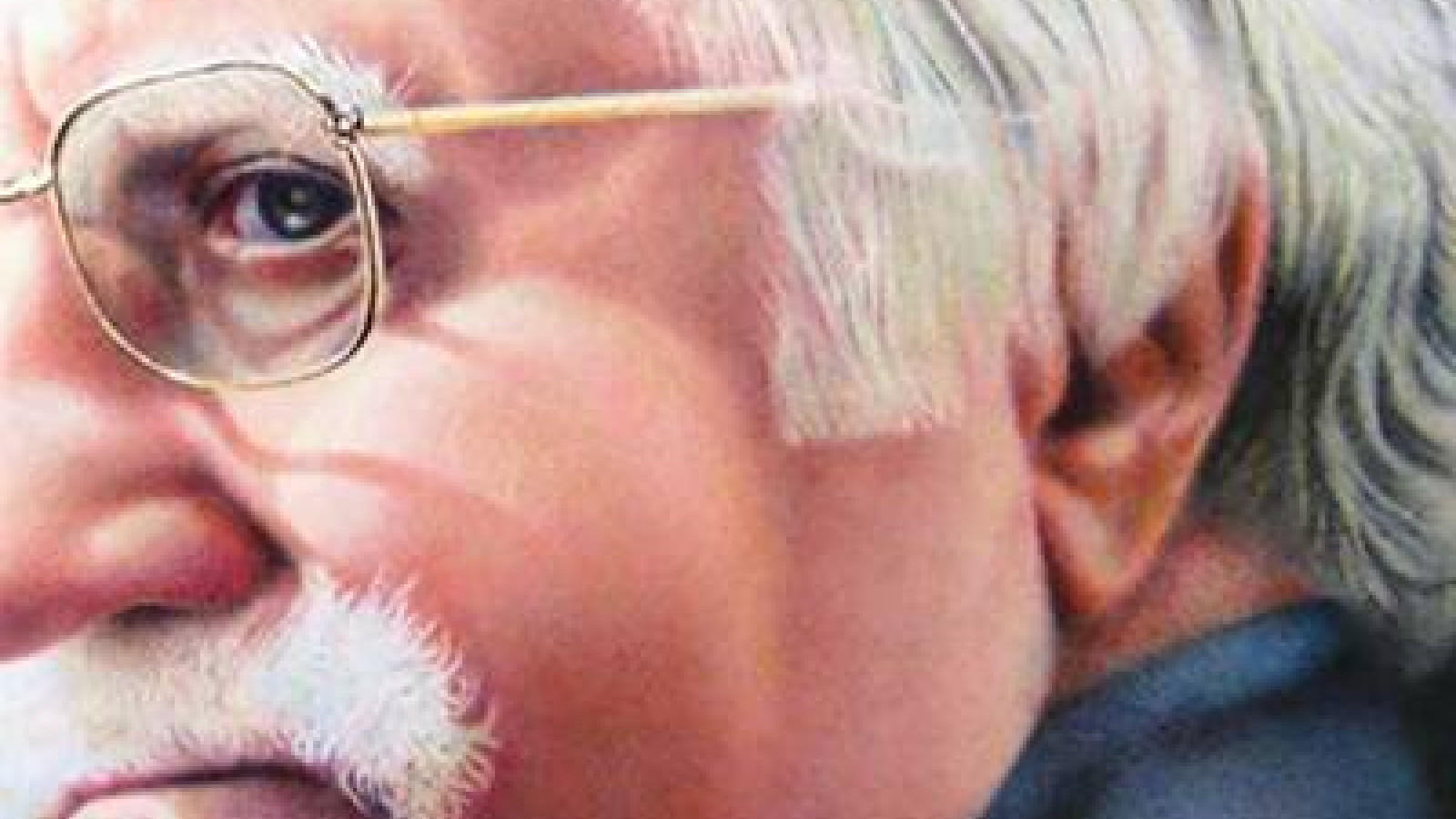
Mahmud Farshchian was born in 1308 AH in the city of Isfahan. His father, Haj Gholamreza Farshchian, was the representative of Carpet Company of Isfahan and dealt with carpets.
The acquaintance with this original handicraft had a major role in the destiny of this child of the family and determined his future. After finishing his elementary education, Mahmud Farshchian began learning painting in his leisure times under the late master Haj Mirza Agha Emami and became interested in it. Being sensitive, he mostly was passionate about diversity and innovation from the beginning and maybe it was the same sensitivity that helped him enter the Fine Arts School of Isfahan. In Arts School, he studied painting in the style of miniature under Isa Bahadori. It was the field that he was attached to with all his heart. In addition to painting, Farshchian occasionally wrote poems. His poems are published in the tadhkirah of contemporary poets of Isfahan. Designing of the carpets and making ceramics are two other fields that Farshchian eagerly learned in this school. He became so skilled in making ceramics that in 1328 SH Isa Bahadori gifted a vase made by him to Arthur Pope, the famous Iranian art expert.
In 1329 SH Mahmud Farshchian received his diploma, and then began his military service. He successfully created artworks in the military service, one of which is “The angels gratefully drink, gracefully dance, from block to block”. This painting was favored by the Pahlavi royal court and he was awarded a military art medal. He pursued his education in arts in Europe and later, U.S. He spent much time in world museums and libraries, and yet kept his Iranian identity to enrich his style. The artistic and professional life of Mahmud Farshchian has become distinguished by his numerous honorary awards and recognitions. His artworks are highly in demand, too. His first solo exhibition was held in 1328 SH in The Cultural Center of Iran and England in Isfahan. In 1333 SH another exhibition of his works was held in Chehelsotun Palace. His exhibition in Istanbul in 1339 SH introduced his art to the world. From then, many exhibitions have been held in all over the world and he has been awarded many Iranian and European prizes.
A retrospective survey of his works can show that his taste in Iranian art have gradually changed in time. His paintings are full of information about the culture of Iran. He is currently based in New Jersey, U.S., and travels to Iran periodically. The Museum of Mahmud Farshchian was opened in 1380 SH in Sa’dabad Complex of Tehran, and is home of more than fifty of his paintings.